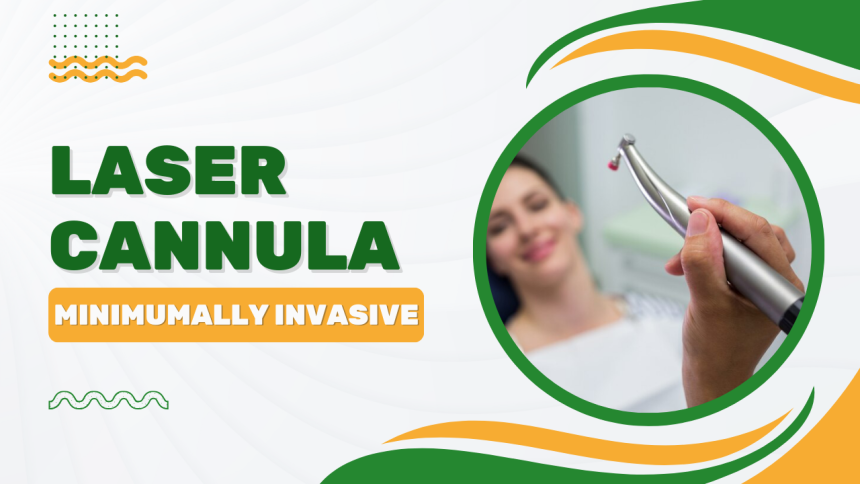
Understanding the Laser Cannula: A Surgical Instrument for Minimally Invasive Procedures
Invasive procedures may be a nightmare to many. Also, the name of surgical procedures can give many of us panic attacks. With the advancement of science and technology there is a solution for all. This time the name of this miraculous solution is laser cannula. There is a lot to tell and know about this remarkable medical tool. We invite you on this adventurous journey of knowledge and learn all about laser cannula.
2024-02-05 18:40:07 - Laiba Rafiq
The laser cannula is a special tool in surgery, perfect for those procedures where you want to keep things as gentle as possible, especially when lasers are in play. It's like a mix of the classic cannula and super modern laser technology, creating a combo that shines in the surgical spotlight. Picture it as the best of both worlds coming together for a top-notch performance in the operating room. Here's the lowdown on what a laser cannula is all about and how it struts its stuff in medical applications:
1. Cannula Basics:
· A cannula is a thin tube or sheath that is inserted into the body to facilitate the introduction or extraction of fluids, gases, or other substances.
· Traditional cannulas are commonly used in medical procedures for tasks such as draining fluids, administering medications, or providing access for other instruments.
2. Integration of Laser Technology:
· A laser cannula is an advanced iteration of the traditional cannula, incorporating laser fibers into its design.
· The integration of laser technology allows for precise and controlled delivery of laser energy to targeted tissues or structures within the body.
3. Laser Cannula Components:
· Cannula Shaft: The main body of the cannula, which is inserted into the body during the procedure.
· Laser Fiber: The laser cannula contains a flexible fiber optic cable that delivers laser energy to the desired location.
· Handpiece: The portion of the cannula that is manipulated by the surgeon to control the direction and intensity of the laser.
4. Surgical Applications:
· Laser Liposuction: In cosmetic and plastic surgery, laser cannulas are commonly used in laser liposuction procedures. The laser energy helps liquefy fat cells, making them easier to remove through suction.
· Endovenous Laser Ablation (EVLA): In the treatment of varicose veins, laser cannulas are used to deliver laser energy directly into the affected veins, causing them to close and diverting blood flow to healthier veins.
· Laser-Assisted Procedures: Laser cannulas can be employed in various surgical specialties, including dermatology, gynecology, and orthopedics, for procedures that require precise tissue ablation or coagulation.
5. Advantages of Laser Cannulas:
· Precision: The use of laser technology allows for highly precise and controlled tissue interaction.
· Minimally Invasive: Laser cannulas contribute to minimally invasive procedures, resulting in smaller incisions, reduced scarring, and faster recovery times.
· Reduced Bleeding: The coagulative properties of laser energy can help minimize bleeding during surgery.
· Enhanced Visualization: Some laser cannulas are equipped with fiber optics that provide enhanced visualization of the treatment area during the procedure.
6. Considerations:
· Expertise: The use of laser cannulas requires specialized training and expertise. Surgeons utilizing this technology should be well-versed in the principles of laser surgery.
· Patient Selection: Laser cannulas are not suitable for all patients or conditions. Careful patient selection and assessment are essential to determine the appropriateness of the procedure.
The combination of lasers and cannulas isn't just for show; it's rewriting the playbook for surgical techniques. This dynamic duo is bringing home the bacon with improved patient outcomes and a speedier bounce-back after surgery. It's like upgrading from old-school to high-tech, making the whole surgical shebang a smoother ride for both the surgeons and the stars of the show – the patients. Here's to the laser cannula revolution!
